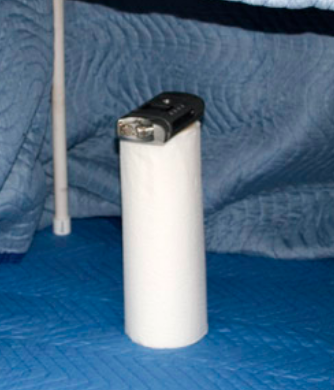This is a little scrambled. The test process is not in all one place.
I failed the test sample I sent in a while ago due to excessive noise reduction tone on my voice
That’s very home user. You can’t just beat your voice to death with processing and still pass. That’s what cellphones do and that’s why they sound like cellphones.
You can’t hover around the -60dB noise reading and be stable either. I have a fuzzy rule that you have to pass it by at least -65dB to unconditionally pass. As an example, an Exported sound file will be very slightly noisier than the Audacity Project due to the dithering signal.
There can be a change between WAV export and MP3 export. MP3 feels perfectly justified in shuffling your voice around a little bit if it makes the files smaller. That’s how it works. That can kill you if you’re right up against the edge of passing.
ACX Check needs at least 3/4 second of clean, pure, well-behaved background noise to work right. If it can’t find noise like that in your show, it will measure whatever it can find which can be you breathing, shuffling in your chair, or sorting papers. That will give you a massively high noise reading that isn’t real.
I pass the check then revisit the checked file without changing anything and fail…
That’s magic. Something changed. That’s the kind of thing you can get if you pass by the thickness of tissue paper. What were the three numbers?
And just a note on yes, you can do this, I set up a new Zoom H1n sound recorder on a roll of paper towels in my super quiet third bedroom, shot a short joke, ACX Mastered it in my Mac and it passed ACX conformance with no noise reduction at all.

I need to do a new picture. That’s not my studio and that’s the wrong recorder, but that is my roll of paper towels and that’s the general setup I used to pass the joke clip.
Koz